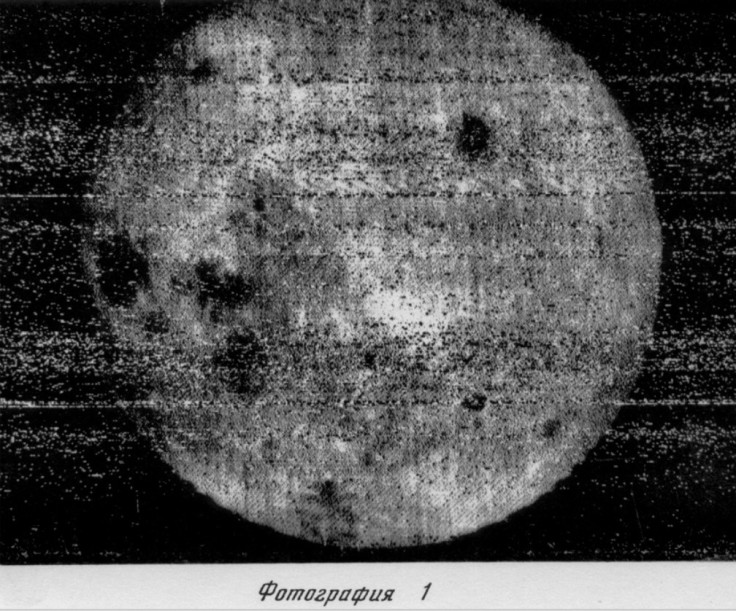The Moon's enigmatic farside has stayed hidden from curious mankind for millennia. This is due to the Moon's tidal lock with Earth, which means its "nearside" is always facing our planet.

Luna 3 Was Sent To Get the Images of the Rear Side of the Moon
According to NASA, the Luna 3 spacecraft launched from Kazakhstan's Baikonur Cosmodrome on Oct. 4, 1959. Luna 3 was the third Soviet space mission to reach the Moon's vicinity, as its name suggests.
Astronomy.com said that due to the great distance and weak signal, Luna 3 initially produced just static. Then, at Soviet listening posts, a blotchy monochrome disk appeared on thermal-paper printouts. Twenty-nine photos were finally delivered to Earth, and with them came the discovery of a hitherto unknown land.
What Does the Other Side of the Moon Look Like?
Another report from NASA mentioned that despite issues with heating and communication, Luna 3 captured 29 photos of the Moon's far side with wide-angle and telephoto lenses. The images were noisy and blurry, but they provided views of a previously unseen area of the Moon.
The spacecraft processed the film before sending the photographs back to Earth, giving humanity its first grainy views of the Moon's far side. The images revealed significantly less traces of volcanic plains on the far side, leading scientists to rethink existing views about lunar evolution.
The Moon's far side is strikingly different. The most noticeable difference in the Luna 3 images is the lack of enormous, dark oceans of cooled lava known as maria, which cover a significant portion of the Earth-facing near side. Instead, the far side is littered with impact craters of all sizes and ages.
1959 vs 2009 Pictures of the Moon
NASA held that the Lunar Reconnaissance Orbiter (LRO) was launched from Kennedy Space Center in Florida fifty years later, in June 2009. It's possible to properly replicate the panorama captured in the photos from Luna 3 using LRO's global elevation maps and photographic mosaics, both of which are of incredible quality and detail. Luna 3's camera was banked 17.5° clockwise from vertical relative to the Moon's north pole when it was directly above 12°N 120°E at a distance of 61,700 kilometers above the surface.

The boundary between the near and far sides of the Moon is marked by the thicker blue longitude line at 90°E, which runs along the left side of the LRO image. The familiar maria Crisium (the circular point at 9 o'clock), Marginis, Smythii (both east of Crisium), Humboldtianum (in the north), Australe (near the south pole), and the eastern edge of Fecunditatis are all to the left of that line. A cluster of nameless craters at the disk's center is surrounded by King, Langemak, Gregory, and Abul Wafa craters. Because it's at the subsolar point, the luminosity is amplified. Tsiolkovskiy crater and its central peak are the black, sharp-edged shield shape in the southern hemisphere with the white dot in the middle. The crater Jules Verne is the black spot to the southeast of Tsiolkovskiy. Moscoviense is the mare in the northeast.









